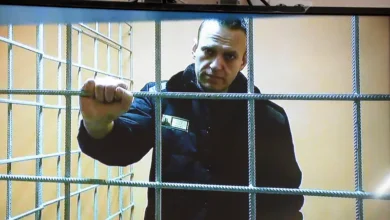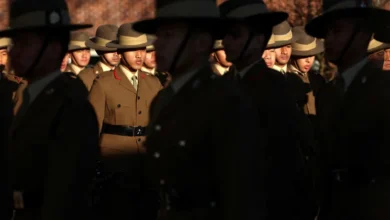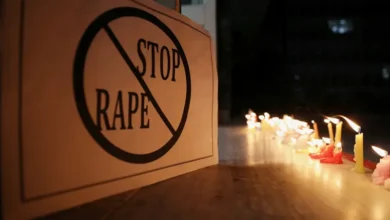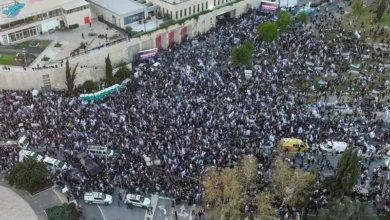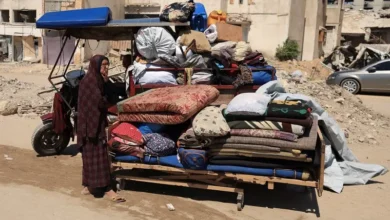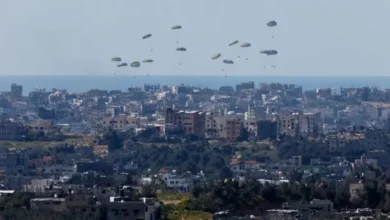Afghan tailors sew gleaming outfits for Eid al-Fitr celebrations
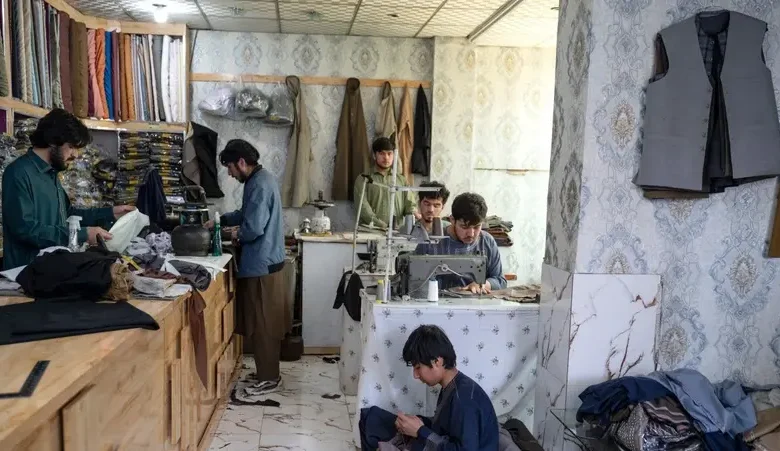
In a frenzy of needlework, a den of Afghan tailors fashion customized suits for upcoming Eid al-Fitr, with bejeweled outfits adding vital sparkle to muted celebrations of the Muslim holiday.
At the Crystal Siddiqui shop in northern Kabul, tailors have worked 19-hour days in the holy month of Ramadan, creating 5,000 shalwar kameez — loose-fitting men’s ensembles with a long flowing shirt.
“It is Ramadan — a month full of blessings,” said Shayeq Siddiqui, who helps run the family business.
“When someone wears new things, whether they are clothes or shoes, they give a new spirit and energy to that person,” the 23-year-old said.
While the end of the two-decade Taliban insurgency has lifted the burden of war, allowing families to reunite across the country, Afghanistan remains one of the worst humanitarian disasters in the world, according to the United Nations (UN).
And Afghan culture, already deeply conservative, has been subject to government decrees that have effectively banned music and seen women relegated from many public spaces including parks.
But women’s tailors still do brisk business selling bright dresses to be worn behind closed doors — contrasting with the dour all-covering burqa encouraged by Taliban authorities in public.
Markets are also abuzz with trade of food and presents, and at Crystal Siddiqui dozens of crisp, ironed shalwar kameez are stacked and waiting for new owners to parade them for friends and family on Eid, expected this week.
– Fine embroidery –
Costing from 1,500 to 30,000 Afghanis ($420), a small fortune in a country where some 85 per cent live on less than a dollar a day according to the UN, the men’s suits come in infinite variations.
This year, fine embroidery from southern Kandahar — giving shirts the undulating texture of snake-skin — is particularly popular.
Less subtle, gold fabrics with gleaming fake precious stones are also stacked in abundance and favored by shoppers who have swollen the store’s order book to twice its usual monthly size.
Upstairs, patterns are chalked out under the expert eye of tailors with measuring tape draped over their necks. Others squint over sewing machines and shear reams of fabric with hefty scissors.
In the final hours of Ramadan the pace will not let up — no Eid celebration can be complete without special clothing for the occasion.
“Obviously, it’s difficult, but it is our job and a must-have for people,” said senior tailor 28-year-old Abdul Farooq Azimi, salvaging a moment’s rest on a workshop stool.
“We feel fortunate to see our compatriots wearing new clothes on Eid, it gives us happiness,” he said. “We are serving our people in this holy month.”

